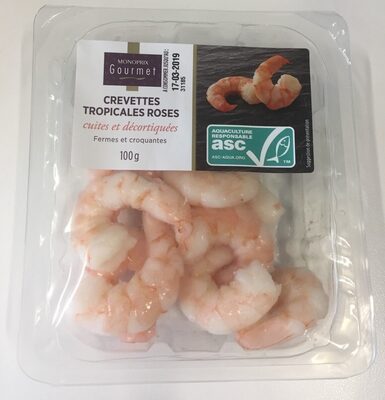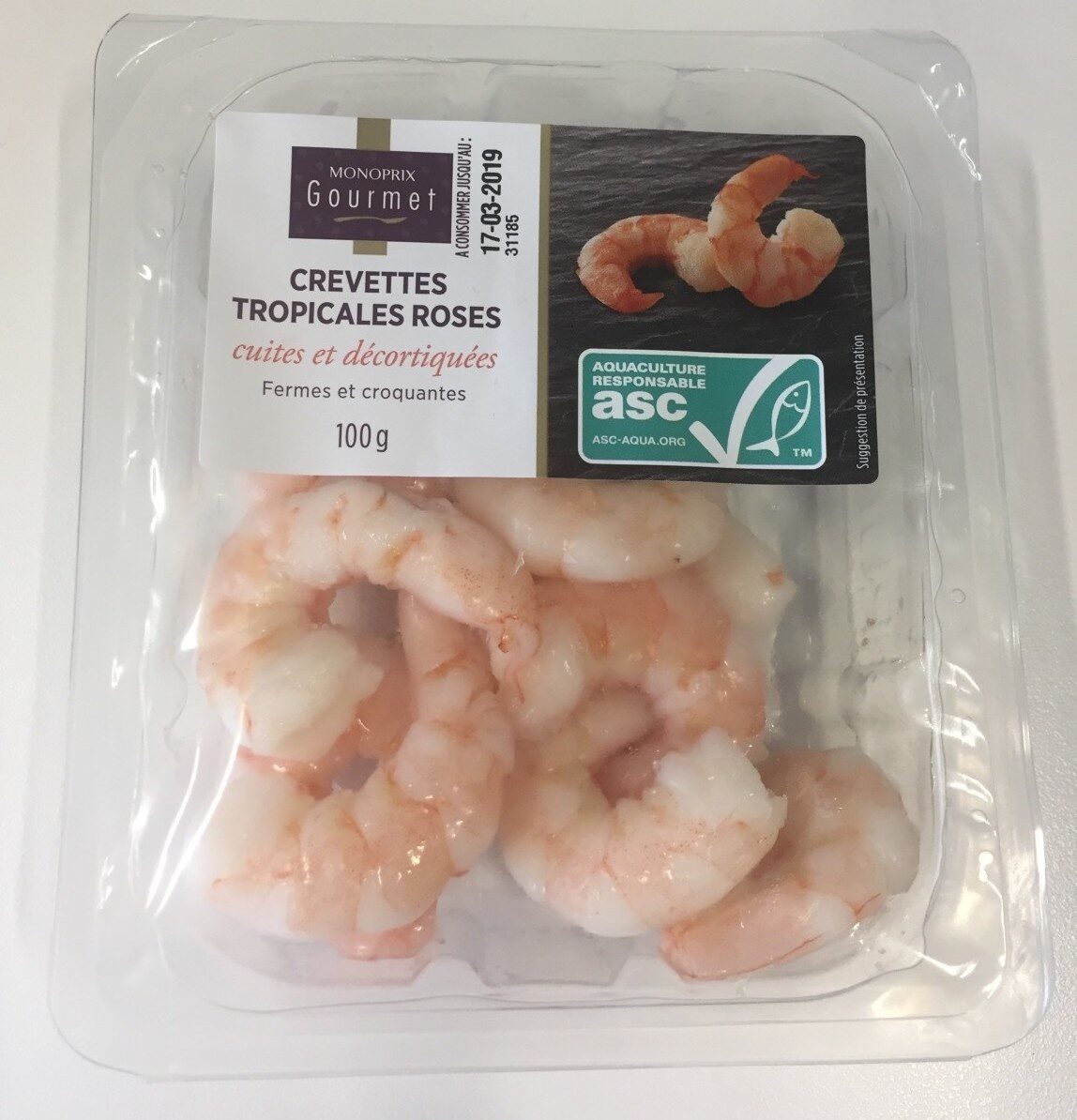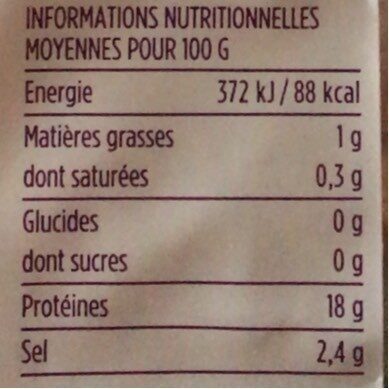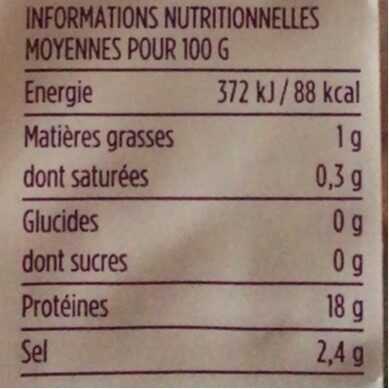Crevettes tropicales roses décortiqués fermes et croquante - Monoprix Gourmet
This product page is not complete. You can help to complete it by editing it and adding more data from the photos we have, or by taking more photos using the app for Android or iPhone/iPad. Thank you!
×
Some of the data for this product has been provided directly by the manufacturer Monoprix.
Barcode: 3350033083769 (EAN / EAN-13)
Brands: Monoprix Gourmet
Labels, certifications, awards:
Responsible aquaculture, Responsible aquaculture ASC
Stores: Monoprix
Countries where sold: France
Matching with your preferences
Environment
Packaging
Transportation
Labels
Report a problem
Data sources
Product added on by kiliweb
Last edit of product page on by roboto-app.
Product page also edited by openfoodfacts-contributors, org-monoprix, raphael0202, teolemon, yuka.UmZFOUhxNGduL1VEaFBZdjl3ejEvL0p3MXBLREEwRG1CTlVJSVE9PQ, yuka.sY2b0xO6T85zoF3NwEKvllJAdPfd-2v6HkDSnlyEwdeyf6fKXch13aX4A6s, yuka.sY2b0xO6T85zoF3NwEKvlmt8U_jUrznaJS3kqGKIytCeC7PMfvV-uq3gLag, yuka.sY2b0xO6T85zoF3NwEKvlnEZY__SrzP7FBDks2DUx86rc6XMfo504Kn6M6s.









